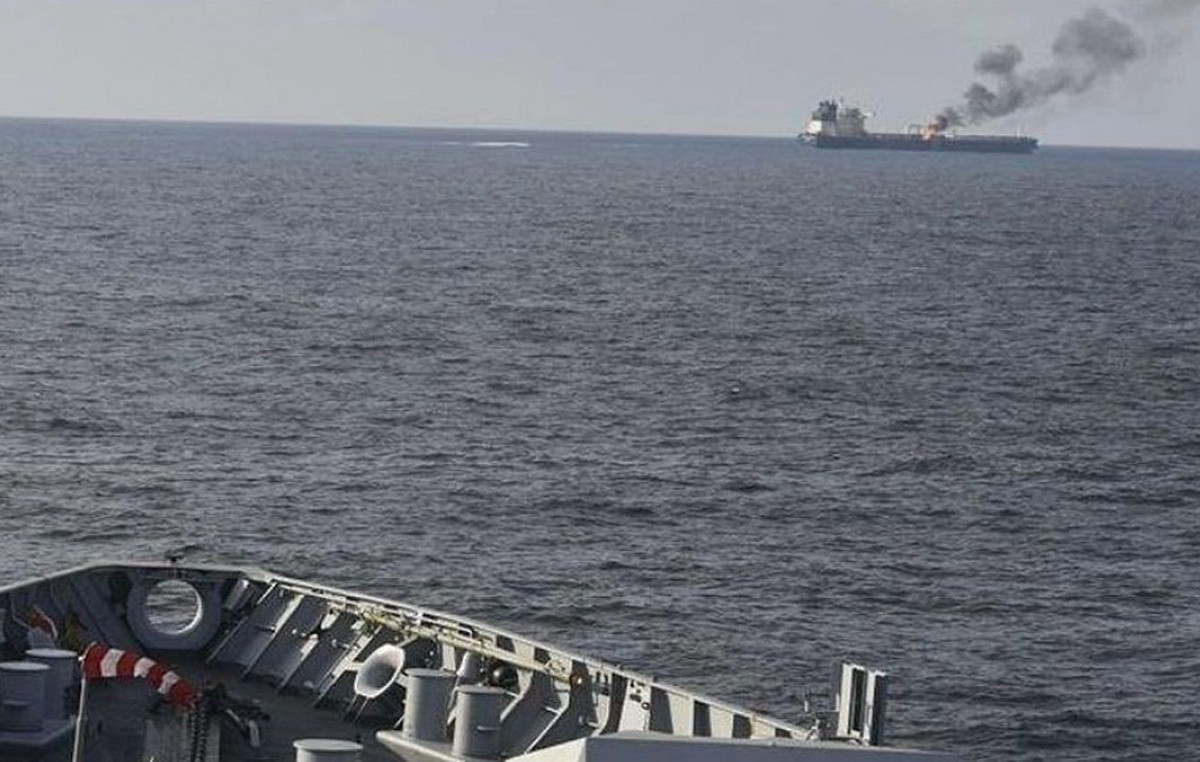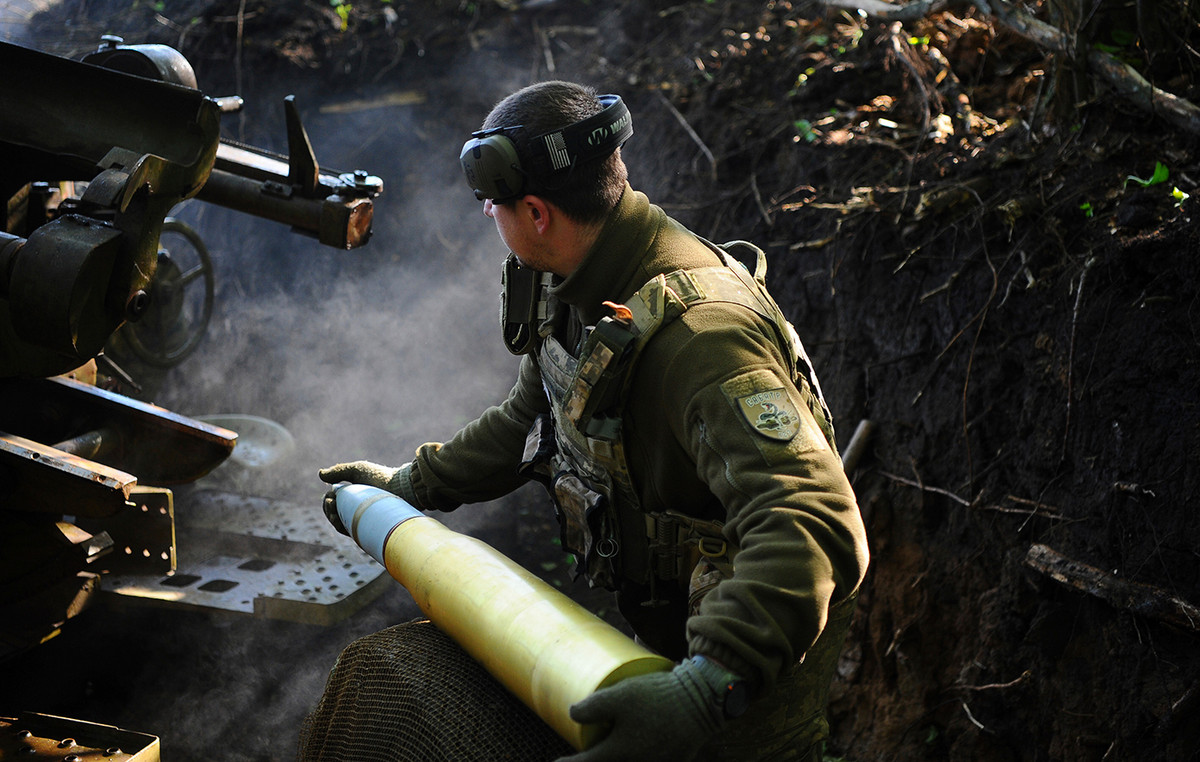When a cruise ship-sized asteroid comes within 20,000 miles of Earth on April 13, 2029, it won’t be alone.
The European Space Agency (ESA) has announced that its new spacecraft Ramses will be able to track the asteroid Apophis before and after its safe, albeit very close, passage through Earth.
The space rock, measuring 375 meters in diameter, will come closer to our planet than the satellites in its orbit and 10 times closer than the Moon. Apophis will come so close to Earth that it will be visible to the naked eye to about 2 billion people in much of Europe, Africa and parts of Asia.
To reach Apophis in February 2029, Ramses is set to launch in April 2028. Preparatory work has already begun on the mission using existing resources to achieve this ambitious goal, the agency said. But the final decision on the commitment to the mission will take place at ESA’s Ministerial Council meeting in November 2025.
First discovered in 2004, Apophis is named after the Egyptian god of chaos and darkness and is believed to be shaped like a peanut. Astronomers were initially concerned that the space rock could impact Earth in 2029 and 2068, but subsequent observations ruled out any risk of Apophis posing a threat to Earth in the next century, according to NASA’s Center for Near-Earth Object Studies.
Scientists at the center use radar and telescopes to study near-Earth objects and understand the dangers they might pose to the planet. They maintain a risk watch list, tracking asteroids with orbits that bring them close to our world — close enough to raise concerns about a possible impact.
While Apophis currently poses no danger, its close pass presents a rare opportunity. Astronomers believe an asteroid of this size comes this close to Earth only once every 5,000 to 10,000 years.
ESA and NASA plan to take advantage of this unique cosmic event to increase our understanding of what happens when space rocks interact with Earth’s gravity by studying Apophis from the closest possible vantage point. Each agency will send a spacecraft to fly by and follow the asteroid.
“There is still much we need to learn about asteroids, but so far we have had to travel to the depths of the Solar system to study them and perform experiments ourselves to interact with their surface,” Patrick Michel, an astrophysicist and research director at France’s National Center for Scientific Research, said in a statement. “For the first time, nature is bringing one to us and performing the experiment ourselves.”
Up close with a rocky asteroid
Apophis is of interest because it is an S-type, or rocky, asteroid — unlike other space rocks visited by NASA missions, including Bennu, which is a C-type, or carbonaceous, asteroid.
C-type asteroids are composed of clay and silicate rocks, while S-type asteroids are composed of silicate and nickel-iron materials.
Rocky asteroids are the most common class of potentially hazardous asteroids that pose a threat to our planet. Understanding their composition and other details that can only be obtained through a close flyby could help space agencies determine how best to deflect such asteroids if they are on a collision course with Earth.
The Ramses mission is unique because it would arrive at Apophis before the space rock passes our planet, and then essentially follow its trajectory to capture observations. That data could show astronomers how the asteroid is altered by our planet’s gravity.
“All we need to do is watch as Apophis is stretched and compressed by strong tidal forces that can trigger landslides and other disturbances, revealing new material beneath the surface,” Michel said.
The forces exerted by Earth’s gravity could also trigger earthquakes on the asteroid.
The spacecraft would carry a suite of instruments to measure the asteroid’s shape, surface, orientation and orbit. In addition, changes observed in the asteroid during the close pass could shed light on Apophis’ composition, mass, density, porosity and internal structure.
Monitoring Apophis during and after its approach to Earth could allow scientists to see if there are any changes in its orbit that could affect the likelihood of it hitting Earth in the future, as well as any changes in the asteroid’s rotation rate or its surface.
“Ramses will demonstrate that humanity can deploy a reconnaissance mission to rendezvous with an approaching asteroid in just a few years,” said Richard Moissl, head of ESA’s Planetary Defence Office, in a statement. “This type of mission is a milestone in humanity’s response to a hazardous asteroid. A reconnaissance mission would first be launched to analyse the orbit and structure of the approaching asteroid. The results would be used to determine how best to redirect the asteroid or rule out impacts before an expensive deflection mission is deployed.”
When spaceships come together
While Ramses still needs to be designed, built and finally approved by ESA next year, NASA’s OSIRIS-APEX mission, formerly known as OSIRIS-REx, is scheduled to reach the asteroid shortly after its close approach to Earth. Together, both spacecraft can collect valuable data that captures a complete picture of how Apophis will change in response to its proximity to Earth.
As OSIRIS-REx, the spacecraft spent seven years on a round-trip journey to the near-Earth asteroid Bennu, which included time spent surveying, landing and collecting a sample of the space rock.
The mission successfully delivered NASA’s first asteroid sample collected in space to Earth in September and has been given a new name to honor its new target: Origins, Spectral Interpretation, Resource Identification and Security-APophis Explorer.
The spacecraft won’t be able to collect a sample from Apophis, because the sample collection head was included in the capsule with the Bennu sample delivered to Earth. But OSIRIS-APEX will use its gas thrusters to try to kick up dust and small rocks both on and below Apophis’s surface to study them.
“Apophis offers a great opportunity to showcase to the world the best of international cooperation, with two missions involving different agencies working together for the best of science and planetary defense,” said Michel.
NASA and ESA have teamed up on other asteroid missions before.
In September 2022, NASA’s DART mission intentionally crashed a spacecraft into Dimorphos, a satellite asteroid orbiting a larger asteroid known as Didymos. The historic test successfully deflected the motion of a celestial object for the first time. Neither space rock posed a threat to Earth, but the double asteroid system was a perfect target to test deflection technology, as Dimorphos’ size is comparable to asteroids that could threaten our planet.
ESA’s Hera mission will launch a spacecraft in October on a journey to observe the aftermath of the DART impact, reaching the asteroid pair in late 2026. Together with a pair of CubeSats, the mission will study the composition and mass of Dimorphos and how it was transformed by the impact, as well as determining how much momentum was transferred from the spacecraft to the asteroid.
“The Ramses mission concept reuses much of the technology, expertise and industrial and scientific communities developed for the Hera mission,” said Paolo Martino, Hera spacecraft manager who will also work on the Ramses mission, in a statement. “Hera has demonstrated how ESA and European industry can meet stringent deadlines, and Ramses will follow its example.”
NASA mission reveals details about asteroid that could collide with Earth
Source: CNN Brasil
Charles Grill is a tech-savvy writer with over 3 years of experience in the field. He writes on a variety of technology-related topics and has a strong focus on the latest advancements in the industry. He is connected with several online news websites and is currently contributing to a technology-focused platform.







